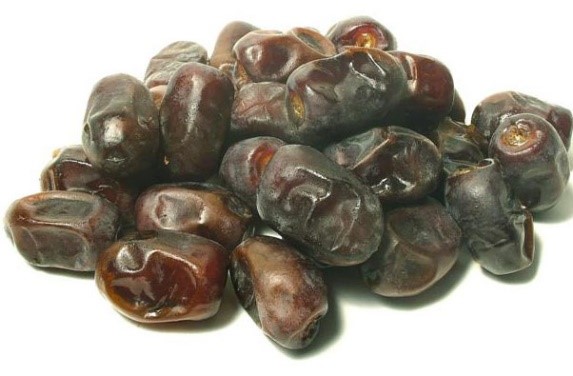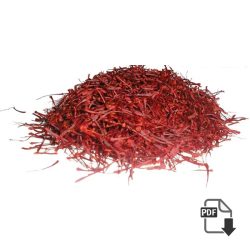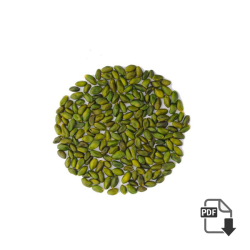Dried Figs History
The fig is mentioned frequently in the Bible and is included in the Garden of Eden. It is a traditional food in the Jewish Passover celebration.actually, you can find foot prints of Dried Figs History everywhere. The fig tree figures in the founding of great cultures and religions. a she-wolf suckled Romulus and Rebus, the founders of Rome, under a fig tree, which later, in the time of Pliny, was revered as a sacred tree. While sitting under a fig tree, Siddhartha Gateman had the revelation that formed the foundations of Buddhism.
Please for more information or any inquiry click here ……
consumers and nutritionists have prized Figs for both medicinal and dietary value. Mithridates, the Greek king of Pontus, heralded figs as an antidote for all ailments and instructed his physicians to consider its uses as a medicine.
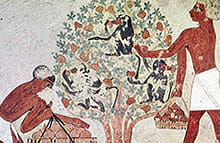
Pliny of Rome about Dried Figs History said “Figs are restorative. The best food that can be eaten by those who are brought low by long sickness and are on the way to recovery. They increase the strength of young people, preserve the elderly in better health, and make them look younger with fewer wrinkles”.
The common fig probably originated in the fertile part of southern Arabia. Ancient records indicate both King Urukagina of the Sumerian era and the Assyrians were familiar with it.
Mediterranean
No records of Dried Figs History and its introduction to this area exist, but the Capri fig, the ancestor of the edible fig, is still found there growing wild. From southern Arabia, the Basra tribe brought the fig to ancient Dumez and Coe Syria. Over several centuries, it slowly spread from there to Syria and the Mediterranean coast. Once figs reached the coast, they rapidly spread throughout the Mediterranean region aided by the maritime nations.
While it is probable that the home of the edible fig is ancient Arabia, the origin of the cultivated fig industry is most certainly elsewhere.
The Phoenicians and the Greeks, the greatest Old-World colonizers, independently, and via different routes, were responsible for spreading fig culture throughout the Old World. By the end of the 14th century B.C. the older of the two, the Phoenicians had colonized the islands of the

The Mediterranean & European
Cyprus, Rhodes, Sicily, Malta, and Corsica. Their colonization to the south included the coasts of Africa, Spain, Portugal, and France and up to the English Channel. Evidence indicates the fig industry spread with these explorations before its introduction to Greece and Italy.
The recorded history of the fig industry begins with its introduction into the Mediterranean outside Asia, and particularly into Greece. Some of the earliest Greek reporting of figs is in mythological literature. According to Greek mythology, Zeus was pursuing Gee and her son, Sykes, in the war of the Titans when, to save him, she metamorphosed into a fig tree. The ancient city of Sykes is named for this myth. Another Greek myth credits the goddess Demeter as introducing the “fruit of autumn” to humans. Among the Hellenes, figs were sacred to the libidinous and bibulous god, Dionysius.
According to myth, he placed a phallus of fig wood on the grave of Polyhymnos as a substitute for a promised favor, which he kept for himself. To this day the phallus carried at Dionysian festivals is carved of fig wood and the fig tree is the tree of phallic worshippers.
Dried Figs History in Greek
The Dried Figs History and use of figs among early Greeks paralleled their rise in the literature: when the mention of figs was infrequent in the literature, fresh figs were a luxury of the rich. Later, when references were common, figs became an important dietary staple, particularly dried figs during winter months.
It is uncertain when figs were first introduced to Europe. They are hardly mentioned in the Homeric songs, the oldest existing European literature. There is no reference to Dried Figs History to them in the Iliad, the description of the Trojan War waged by the Greeks. However, in the Odyssey, the description of Odysseus’ wanderings after the war, figs are mentioned three times; during the agonies of Tantalus in the lower world he tried in vain to reach the fruits almost within his grasp: “…pomegranates, pears, apples, sweet figs, and dark olives.” As the Homeric songs were probably composed in the ninth century B.C. these references would be among the earliest.
Archilochus & Figs
However, later investigations sty the verses mentioning figs were interpolations of a later date. The sty mention of undoubted authenticity is by the seventh-century B.C. Archilochus, tells of figs being cultivated on the isle of Paris. With these few references, it can be deduced that figs were introduced to Greece in the eighth century B.C., probably from the Semitic nations from Palestine and Asia Minor.
Thereafter, in the seventh century, B.C., Attica and Skin, the latter named after the sake ‘fig’ in Greek became famous for their figs. Because they were so highly valued, the ruler Solon, decreed against their exports, reserving Lies solely for the Greeks. Xerxes, the king of Persia, ate Attica figs to remind him of the desirability of conquering a place that could ice such fine fruit.
Once introduced fig cultivation quickly spread throughout Greece to become an important article of diet for both rich and poor. The term “sycophant” has its origins in ancient Greece. Athenians were particularly fond of figs and were nicknamed “sycophants” (syke or fig-eaters).
Later, when members of the same population informed authorities of illegally exporting figs from Attica, the word assumed its modern meaning. From this time on the fig is mentioned frequently in Greek literature.
From Greece, fig culture spread to the northern Mediterranean and Adriatic shores until it reached southern Italy. There it must have been established by the eighth century B.C. as it is mentioned in the earliest Roman mythology in conjunction with the founding of Rome, as previously mentioned.
Dried Figs History in Rome
Figs were sufficiently important to Romans that considerable effort was expended developing new cultivars. These were sufficiently numerous and distinct for Pliny (23-27) to note: “We see from this how the real law which preserves the types of the species may vary.” The cultivars described by Theophrastus, Cato, and Pliny can no longer be identified with certainty and probably have long since been discarded in better ones.
The many cultivars mentioned by Greek and Latin authors indicate that fig culture was extensively distributed and of great importance. Also, from these writings, it appears that the best figes were those of Syria. During the reign of the emperor Tiberius (42 B.C.-37 A.D.) was considerable trade in Syrian figs.
By the end of the Roman Empire in the fifth century, Dried Figs History and culture were well distributed throughout the Mediterranean and along the shores of the Atlantic; it stretched from Africa, Portugal, France, the Channel Islands, and the southern part of England. However, Syria was preeminent in the cultivation and drying of figs. The hieroglyphic for fig was bayou and was often referred to as a country rich in wine, oil, and bayou.
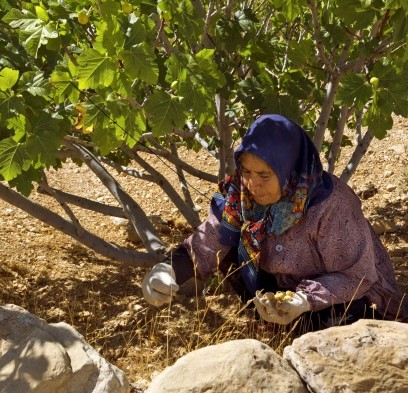
Dried Figs History in Arabian Culture
Seventeen hundred years after the Phoenician colonization, the Arabic conquests retraced their route. They carried the fig in its numerous new permutations and raised fig culture to a degree of importance it had never attained since Syria.
The Arabic invasion extended through northern Africa to Spain and Portugal and in these countries, fig culture flourished rapidly and became even more important than it had been in Greece or Italy. Arabs esteemed figs above all other fruits. Zamakkhschari, an Arabian interpreter of the Koran, reported that Mohammed said, “If I could wish a fruit brought to paradise it would certainly be the fig.”
Dried Figs History in New World
Figs were first introduced into the New World by Spanish and Portuguese missionaries. The Spanish historian Puente y Olea (1900) located records of European fig shipments from Seville, Spain to the West Indies in 1520. Oviedo y Valdez (1526) tells of fig trees growing on the Island of Espanola (now Cuba).
Then, as now, market protection existed. While the island was a Spanish colony, families did not plant more than only one fig tree to prevent competition with the mother country (Canova 1910. Simultaneously, the Spanish also introduced figs to Peru in 1528 (Acosta 1590; Tamaro 1920).
From the West Indies figs spread to both coasts of the United States (Unger 1859, 1860). Initially, the local populations adopted figs quickly. However, by the twentieth century, they had become a thriving industry in the southwest and a dooryard tree in the southeastern United States.
Dried Figs History in the Eastern United States.
Cuban introduced figs to Santa Elena (Parris Island, South Carolina) on the southeastern coast of the United States in 1575 and quickly spread throughout the region (Menendez 1500; Martinez 1577. Independently, they were introduced to Virginia from Bermuda in 1621 (Brown 1898). A town in Florida, established In 1763 by one Dr. Turnbull who sponsored the immigration of 1500 Greeks and Minorcans, was named New Smyrna, after the popular cultivar of fig produced there (Forbes 1821).
French missionaries introduced figs to their colony In 1720, the Louisiana Territory (Hamilton 1910). Figs thrived throughout the region and reports of them in the Southeastern United States were numerous after this time (Brickell 1737; Berquin-Duvallon 1806; Nuttall 1821; Ash 1836; Starnes 1903; Evans 1904; Hall 1910; Hamilton 1910; Smith 1910; Sandford 1911; Gould 1919; Gray 1933; Snyder 1938; Bartram 1940).
However, while fig trees themselves quickly spread, predominantly north and westward, the development of industry did not follow throughout the southeastern United States. this fact that figs were not more prevalent in Florida has surprised naturalist Bartram (1942). Other historians remarked on the small size and lack of development of such a potentially lucrative industry (Bruce 1935; Beverly 1947).
Ohio, Illinois, and Washington, D.C.
Both Thomas Jefferson and the horticulturist Thomas Affleck actively imported and distributed new cultivars, primarily from France (Affleck 1842, 1844; Edwards 1943; Betts 1944; Hedrick 1950). Other enthusiastic horticulturists from Ohio, Illinois, and Washington, D.C. attempted to develop an industry in the same manner, offering new cultivars and publishing circulars detailing fig culture (Worthington 1869; Needham 1879; Benson 1886).
Despite these efforts and a successful fig tree culture in the southeastern United States, a fig industry failed to develop. Some records of failed attempts exist. J. K.
Russell of Olustee, Florida, destroyed his orchard due to high labor costs and foreign competition (Reasoner 1891). This is interesting because competition from Old World countries is still one of the most pressing problems facing the California industry today. (Reasoner 1891) has stated that, farmers from Florida, gave up plantings, as “unsuccessful” or frozen out (Swingle 1893).
Some successful records exist about; in 1910 F. C. Reimer (1910) reported one orchard of figs in Raleigh, North Carolina, which “during the past five years netted the owner greater returns than any acre in other fruits in the eastern half of the state.” However, these individual success stories are rare.
The Western United States
Wickson has documented in detail A complete history of the fig in California by (1888), Eisen (1901), Roeding (1903), Swingle (1908), Rixford (1918), Butterfield (1938), and Condit (1933), and therefore, this review will only touch upon the main events.
Californian farmers planted The first figs in 1769 in the gardens of the mission at San Diego. Sonoma farmers planted These same figs in the string of missions stretching northward to Sonoma, and according to Mission records, they existed in Santa Clara by 1792 and Ventura by 1793 (Vancouver 1798). Hence, the first figs in California were ‘Mission’ or ‘Franciscan’ figs.
Please for more information or any inquiry click here ……
All Type Of figs
-
Dried Fig Open Mouth Special wholesale price + analysis + sale offer
We mostly export Dried fig open mouth to East Asia countries such as China, Hong Kong, and Korea. The demand is high for this type of figs due to its reasonable quotation. Figs are mostly used in snacks, confectionery and…
-
Dried Fig Close Mouth Special wholesale price + analysis + sale offer
We mostly export Dried fig close mouth to East Asia countries such as China, Hong Kong, and Korea. The demand is high for this type of figs due to its reasonable quotation. Figs are mostly used in snacks, confectionery and…
-
Pressed Fig Special wholesale price + analysis + sale offer
We mostly export Pressed Fig to East Asia countries such as China, Hong Kong, and Korea and India. The demand is high for this type of figs due to its economical prices and high moisture. This kind of Figs is…

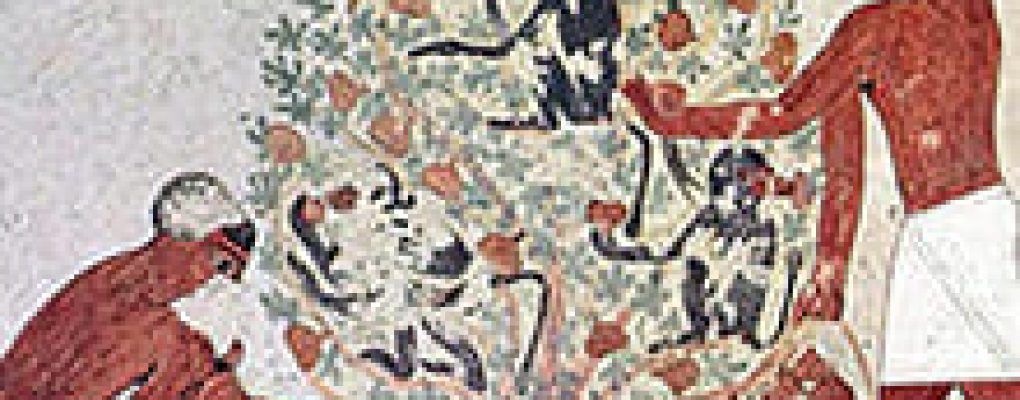
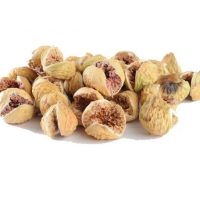



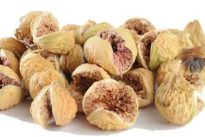

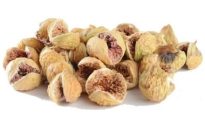
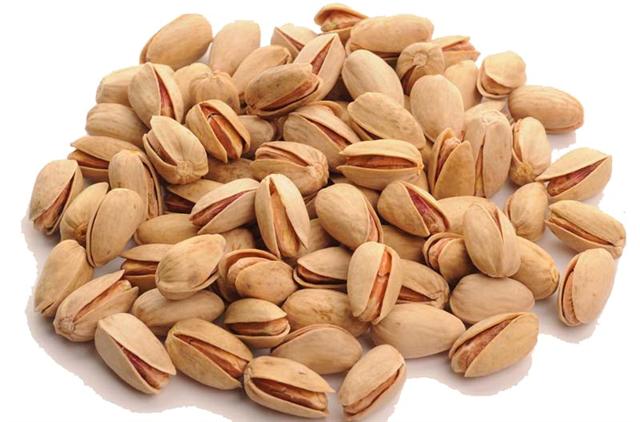
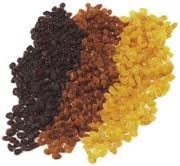 3 kind raisin
3 kind raisin 